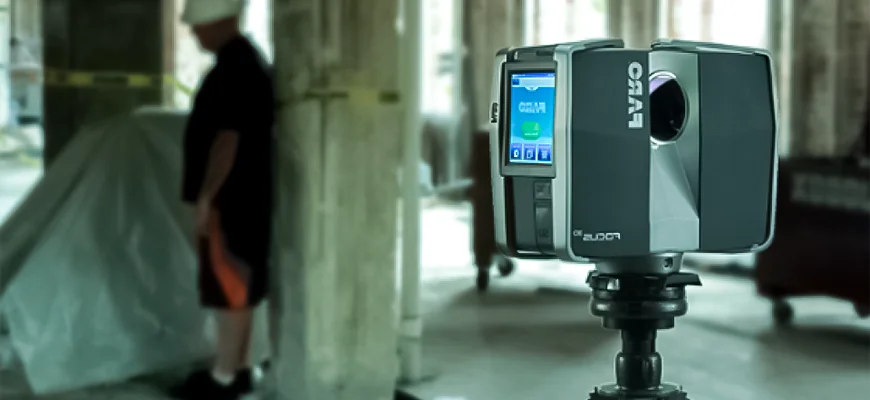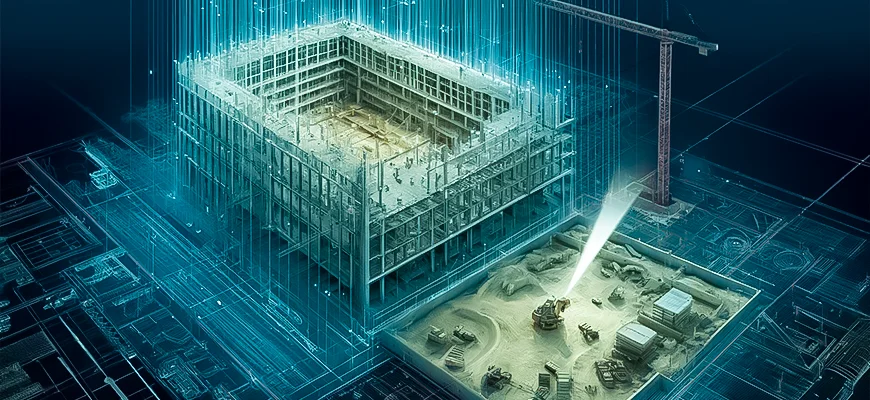

3D scanners are expensive but necessary for contemporary engineering and design. Their price indicates the sophisticated technology and high-quality materials used in their production. These gadgets have a limited commercial appeal, so they bear significant manufacturing, R&D, and other costs. This investment guarantees high-accuracy instruments, but the cost goes up as well. Here, we will look at the reasons for the high price of 3D scanners, especially those that cost more than £30,000.
6 Reasons Why 3D Scanners Are So Expensive
Let’s explore the reasons behind the high costs of 3D scanning technology. Despite its vast benefits across various industries, the significant financial investment required often limits its widespread adoption.
1. Research & Development
Launching a new 3D scanner takes nine to twelve months, but it might go longer if necessary or for extra-special development. There are several stages involved, from concept to market readiness. Following creativity entails securing certifications such as CE, FCC, and UKCA, as well as patenting, developing prototypes, field testing, and finalising the design. The ultimate cost of the scanner reflects the enormous expenditure required for this extensive R&D cycle.
The procedure does not end with the creation of the unit. The software must be developed concurrently with the hardware to ensure that the hardware and software interface is as essential as possible. Software development will become a massive undertaking if the new product has features that have never been seen.

2. High-Quality Sensors and Cameras
High-end sensors and cameras are necessary for 3D scanners to capture minute details. These elements must be extraordinary to guarantee accurate data collection and reliable scanning outcomes. Due to their precision and complexity, expensive camera modules and high-resolution sensors are essential and directly impact the scanner’s cost.
3. Economies of Scale
In contrast to commonly used consumer devices, there is not as much of a market for 3D scanners. This demand scarcity affects pricing. Consider the handheld scanner’s injection-molded outside casings. The product’s design must guarantee that it feels fantastic in the hand—following, instruments for injection molding need to be designed and made. The product must go through T1, T2, T3, and so on trials before it can be shipped anywhere in the world.
This economic concept is essential to understanding the pricing structure of 3D scanners since the volumes are small (for these production processes), and producers must strike a balance between their revenue targets.
4. Calibration and Maintenance
5.Scanning Algorithm

6. Software Coding
The hardware and software of 3D scanners are of equal importance. For the software to be deemed successful, it must manage:
Complex Data Processing: The program must process enormous amounts of data and use intricate computations to recreate intricate 3D representations.
Real-time Analysis: For applications like industrial inspection, real-time data processing is vital, adding complexity to the software development.
User-friendly Interfaces: Real-time data processing is essential for industrial inspection applications, making software development more challenging.
Compatibility and Integration: Sustaining development efforts are necessary to guarantee that the software functions flawlessly with several systems and standards.
Applications of 3D Laser Scanning
- Reverse Engineering
- Forensics
- Films and Games
- Archaeology
- Architectural Heritage Preservation
Conclusion
Contact Survey2Plan for your scanning project. We provide expert 3D Laser scanning services tailored to your industry’s specific needs.
Previous Post
← How Much Does 3D Laser Scanning Cost?Next Post
How Does 3D Laser Scanning Work? →
